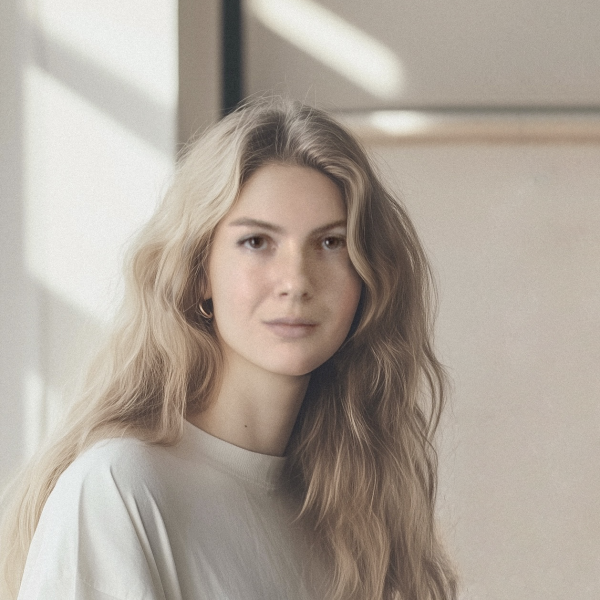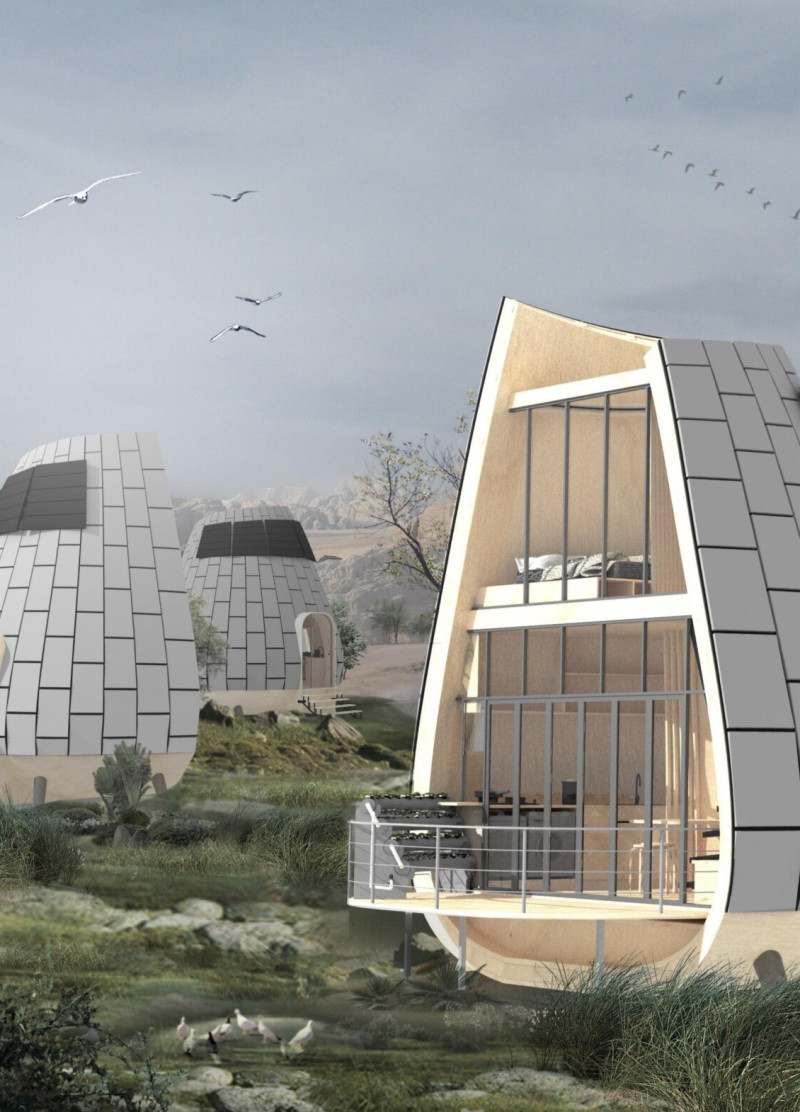5 key facts about this project
Conceived with a strong emphasis on sustainability and community engagement, the architecture showcases how modern design can harmonize with its environment. The façade incorporates natural materials, primarily local brick and timber, chosen for their durability and mnemonic quality, creating a sense of warmth and familiarity. The extensive use of glass not only allows natural light to flood the interior spaces but also offers visual connections between the inside and the outside, enhancing the user experience as well as inviting the community to be a part of the project.
Key features of the project include open-plan spaces that encourage flexibility and adaptability. The interiors are designed to accommodate various functions—from informal gatherings to organized events—reflecting the diverse needs of the community. Large multifunctional areas are strategically placed to serve as hubs within the building, promoting interaction and accessibility. Adjacent to these spaces are smaller, private rooms designed for meetings and workshops, providing a balance between communal activity and individual reflection.
The architectural design exhibits unique approaches, particularly in its integration of landscaping elements. The roof is designed as a green space, featuring native vegetation that improves biodiversity and offers users a serene environment to connect with nature. This green roof not only enhances the aesthetic appeal but also contributes to thermal performance and rainwater management, as it helps mitigate heat island effects while absorbing rainwater.
In terms of the circulation strategy, a thoughtful layout guides users through the building with intuitive pathways that encourage exploration. The central atrium acts as the lungs of the design, providing natural ventilation and a social focal point for gatherings. The thoughtful placement of windows maximizes views of the surrounding landscape while ensuring that the building remains light-filled and inviting throughout the day.
This project also pays careful attention to its environmental impact. By utilizing energy-efficient systems such as solar panels and sustainable water management practices, the design reflects a commitment to reducing its carbon footprint. Moreover, the emphasis on local materials not only supports regional economies but also fosters a connection between the architecture and its context, enriching the cultural narrative of the area.
The architectural plans and sections underscore the intricate relationships between spaces, highlighting the practical execution of the design concepts. Visual representations such as renderings and diagrams vividly illustrate how the project navigates its urban context while serving its users effectively.
In exploring this project further, one can appreciate the seamless blend of thoughtful architectural ideas and practical functionality. The design acts as a catalyst for community engagement, encouraging interactions that underline the importance of togetherness in today’s society. For those keen on delving deeper into the specifics, examining the architectural plans, sections, and unique design elements will provide invaluable insights into the strategic decisions that shape this remarkable space. Engaging with this project highlights a progressive approach to contemporary architecture that genuinely prioritizes people and place within its design ethos.


 Weihao Yin,
Weihao Yin,  Solene Cais Biche
Solene Cais Biche 























